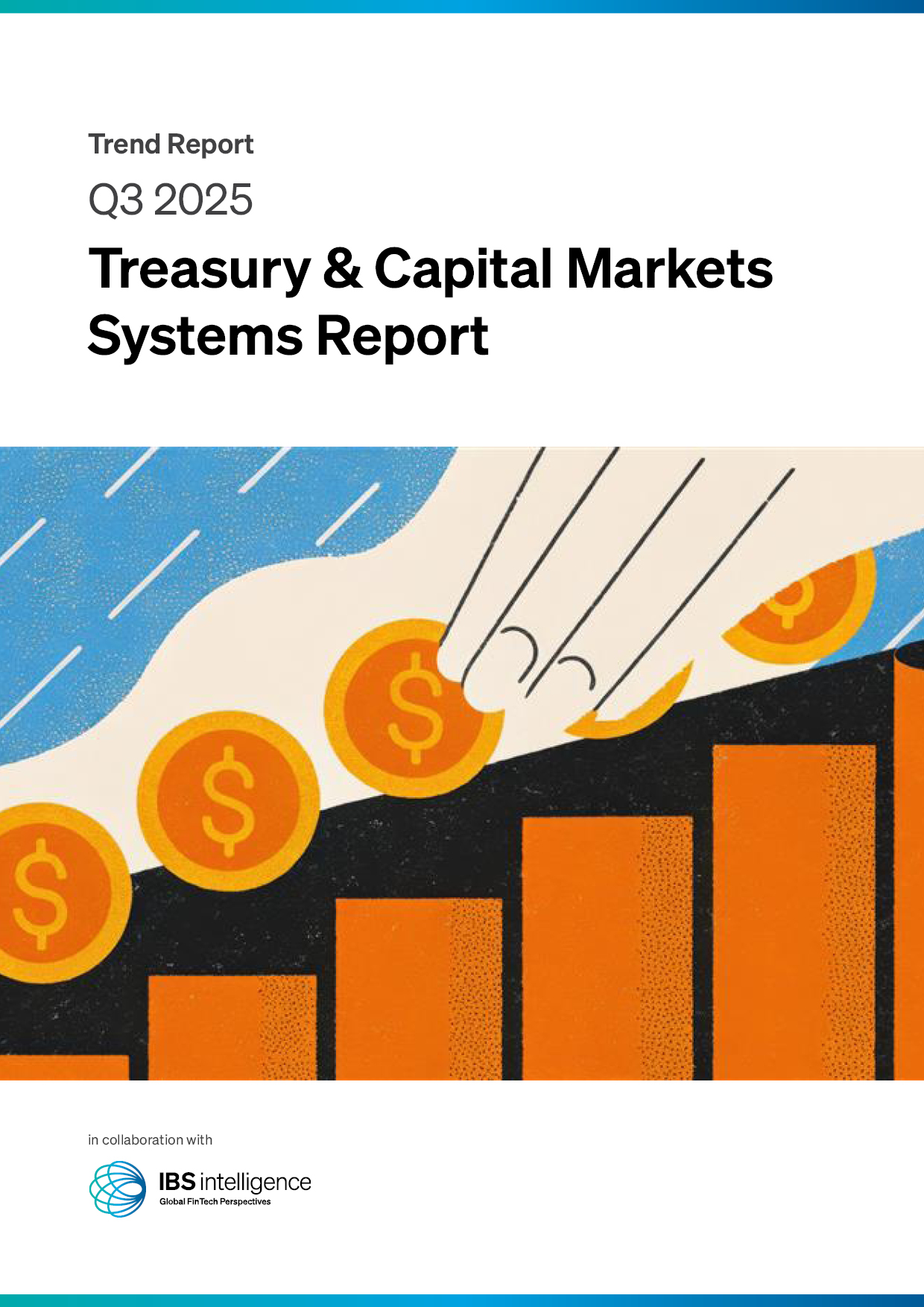 Back
Back
A loyalty fraud epidemic is threatening e-commerce and SMEs
By Puja Sharma
Today, SMEs are realising that a top-notch customer experience is a key to staying one step ahead in a highly competitive market. Enterprises are investing in loyalty schemes to elevate the online shopping experience for their most valued customers.Unfortunately, fraud rings have shifted towards account-based vulnerabilities and target loyalty schemes through sophisticated fraudulent techniques.
Not only that, but individual customers and internal staff can also exploit loyalty schemes and commit fraud, according to Signifyd’s eCommerce data report.
What is loyalty fraud?
Large and small cap businesses all over the world are investing in schemes intended to reward their valued customers and increase brand loyalty. Merchants, airlines, and hotel chains are the organisations that are employing this technique the most. American Airlines’ loyalty program, for example, can be valued “anywhere from $18 billion to $30 billion,” said CFO Derek Kerr.
Loyalty points are equivalent to currency, as they can be used to make financial transactions, and that’s what makes them appealing to fraudsters. They engage in excessive or fraudulent reward points redemption for unfair gain, which is considered loyalty fraud.
Nevertheless, loyalty fraud often remains overlooked by retailers. Loyalty points can easily be exchanged on the dark web, as there is minimal communication between the seller and the buyer, or they can be exchanged for gift cards, which can easily be converted to cash on many marketplaces. Another reason why there is an increase in loyalty fraud is that loyalty programs are far less scrutinised by their account holders because they don’t see them as high risk.
The pandemic gave even more rise to loyalty fraud as neglected loyalty program accounts are an easy target for fraudsters. People were using their miles significantly less to travel by air. The flight market revenue reduced from around £18 billion to around £5.1 billion between 2019 and 2020 in the UK. Although it’s slowly recovering, it will take a while until it reaches pre-pandemic levels, and loyalty fraud will still be an issue. Similarly, consumer spending on hotels and restaurants in the UK decreased by 42% between 2019 and 2020.
Types of loyalty fraud
The three most common types of loyalty fraud include account takeover, internal fraud, and customer fraud.
Account takeover
Account takeover or ATO as it’s more commonly known is a type of fraud that both retailers and customers have been battling for years. It involves stealing account holder credentials through a data breach, malware, or phishing, and using them to make unauthorised transactions or loyalty points redemptions.
During the pandemic, fraudsters became even more innovative in terms of their social engineering tactics, and they have come up with new methods to directly target consumers to steal their personally identifiable information, according to a study by Javelin Strategy & Research.
Internal fraud
Employees can also commit loyalty fraud by exploiting their ‘insider’ privileges against the terms and conditions or the IT Systems of the loyalty program. They may manipulate customers’ details steal unclaimed points, add extra points to their balances, or encourage customers to sign up for the program.
Customer fraud
This type of fraud occurs when a customer finds a loophole or a hack to exploit the system for personal gain. For example, they can sell or transfer points illegally, claim air miles twice for a shared-revenue ticket, or create multiple accounts to earn more points.
How to avoid Loyalty fraud?
The risk from loyalty fraud is real for both businesses and customers. Thankfully, there are preventative measures that can be taken to stop loyalty fraud in its tracks before negative consequences occur, such as hard costs or damaged reputation and relationships.
With the rise of loyalty programs comes the rise of loyalty fraud that aims to exploit customer details for personal gain. Thankfully, with awareness of the various preventative measures, loyalty fraud can be minimised, and businesses can continue rewarding their valued customers.
Key takeaways
- Fraud rings have shifted towards account-based vulnerabilities and target loyalty schemes through sophisticated fraudulent techniques.
- Account takeover or ATO as it’s more commonly known is a type of fraud that both retailers and customers have been battling for years.
- Strengthen account access security by implementing multi-factor authentication.
- Invest in a fraud-protection solution that uses machine learning and automation to prevent account fraud while providing a frictionless customer experience.
IBSi FinTech Journal

- Most trusted FinTech journal since 1991
- Digital monthly issue
- 60+ pages of research, analysis, interviews, opinions, and rankings
- Global coverage








